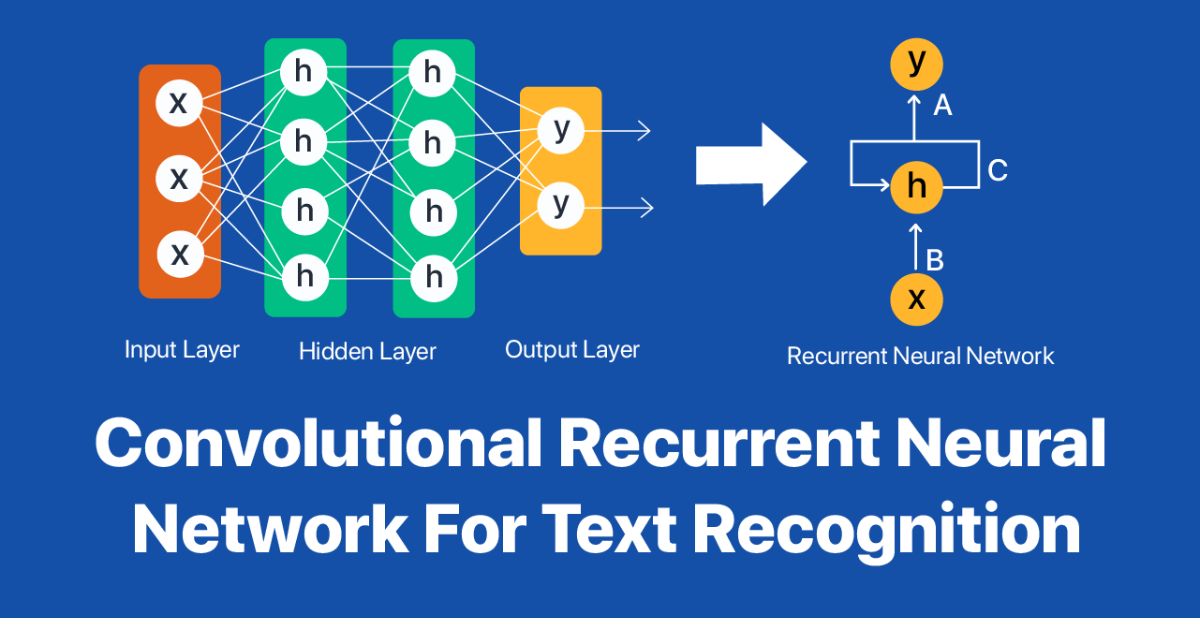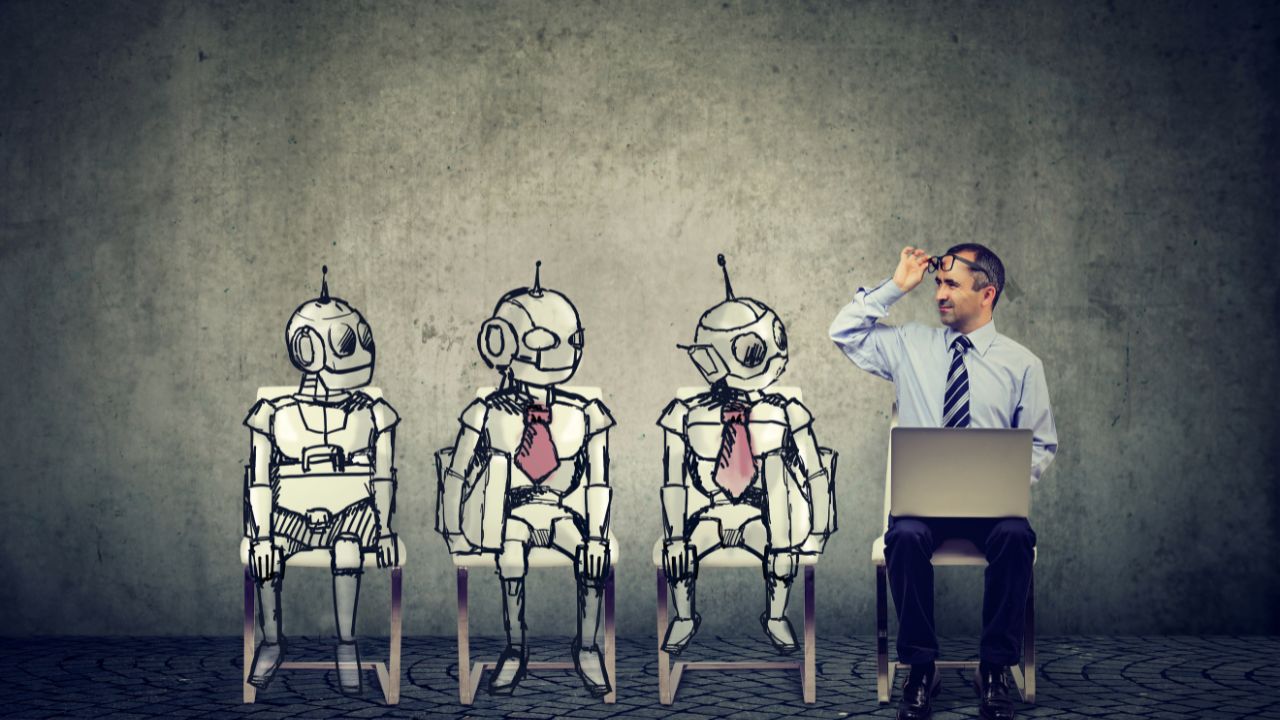The Future of Image to Text Conversion: Smarter AI Faster Results
October 24, 2025 · 4 min read • #AI#OCR#image-to-text#machine learning#accessibility#automation
In 2025, AI-driven image-to-text conversion has entered a new era of intelligence and performance.
What began as basic OCR has evolved into context-aware, multimodal AI systems that read, understand, and process visual information faster than ever before.
🌐 Why Image-to-Text Conversion Matters in 2025
Every day, billions of images, PDFs, and screenshots circulate online — many containing valuable information trapped in visual form. Image-to-text conversion (or OCR) bridges this gap by turning those visuals into searchable, editable, and actionable text.
When powered by AI, this process enables:
- Faster document processing across industries
- Improved accessibility for users with visual impairments
- Automated workflows for data entry, analysis, and indexing
- Enhanced SEO visibility by making text within images discoverable
As businesses push for automation and inclusivity, AI image-to-text tools have become a cornerstone of digital transformation.
🧠 1. Smarter AI Models with Contextual Understanding
Traditional OCR systems relied on pixel-based pattern matching — they could detect letters, but not meaning.
In 2025, AI-driven OCR models use transformer-based architectures similar to GPT models, enabling them to:
- Recognize text in context, such as form fields, tables, or receipts
- Handle handwriting, stylized fonts, and multi-language text
- Understand the semantic relationship between visual and textual elements
This evolution from character detection to contextual interpretation means AI can now “read” like humans — identifying purpose, hierarchy, and relevance.
⚙️ 2. Speed Meets Scalability
Performance is critical in enterprise and real-time applications.
With GPU acceleration, parallelized inference, and quantized lightweight models, OCR systems in 2025 are up to 10x faster than older cloud-based tools.
Key Innovations:
- Edge inference: AI runs directly on devices for instant recognition.
- Batch OCR: Processes hundreds of pages simultaneously.
- Streaming OCR: Reads video frames in real time for subtitles or monitoring.
From mobile scanning apps to automated invoice processing, speed now matches intelligence — enabling seamless integration in workflows.
🔒 3. Privacy-First Image-to-Text Solutions
In an age of data sensitivity, users demand security alongside speed.
Modern OCR systems prioritize on-device processing, ensuring images never leave the user’s environment.
Privacy features include:
- Client-side AI execution (no server uploads)
- End-to-end encryption for temporary cloud tasks
- Federated learning to train models without centralizing user data
This shift towards privacy-by-design not only builds trust but also aligns with GDPR and other data protection standards.
🧩 4. Integration Across Platforms and Industries
AI OCR is no longer a standalone utility — it’s a core feature across digital ecosystems.
Common integrations:
- E-commerce: Extracting product data from supplier catalogs
- Finance: Digitizing invoices, receipts, and checks
- Healthcare: Transcribing handwritten prescriptions securely
- Education: Converting textbook scans into editable content
- Accessibility: Powering screen readers and adaptive technologies
APIs and SDKs now make it easy to integrate OCR into apps, browsers, and even chat systems, unlocking smarter and more inclusive experiences.
🚀 5. The Road Ahead: Multimodal AI and Real-Time Comprehension
The next frontier of image-to-text lies in multimodal AI — systems that understand images, text, and speech together.
By 2026, expect AI models that can:
- Generate summaries or insights from extracted text
- Detect tone, formatting, and document type automatically
- Combine vision and natural language reasoning for context-rich output
For example, scanning a meeting whiteboard might instantly produce a summarized transcript, action items, and a shareable report.
🧰 Try It Yourself
Curious to see how AI-powered OCR performs?
Use our AI Image-to-Text Tool to:
- Extract text instantly from photos, PDFs, or screenshots
- Keep all processing local and private
- Translate or copy recognized text instantly
Experience the speed, accuracy, and intelligence that define the future of image-to-text conversion.
💡 Final Thoughts
The evolution of image-to-text technology reflects the broader shift in AI — from recognition to comprehension.
With smarter models, lightning-fast performance, and privacy-first design, 2025 marks a milestone in how humans and machines understand the visual world.
AI is no longer just reading text — it’s understanding meaning and enabling a new era of digital efficiency.
Enjoyed this post? React below 👇
Related Posts
 Tools Effectively.jpg)
How to Use OCR (Optical Character Recognition) Tools Effectively
Learn how OCR (Optical Character Recognition) works, what it can do for you, and how to use it effectively with our free browser-based OCR Tool to extract text from images instantly.

AI Compression Algorithms Explained: Smaller Files, Smarter Tech
Explore how AI compression algorithms are transforming data storage, image optimization, and network performance in 2025 — delivering smaller files, faster speeds, and smarter efficiency for the digital world.

AI vs Traditional Algorithms: Who Wins in Image Optimization?
Explore the differences between AI-based and traditional image optimization methods. Learn how deep learning, neural compression, and smart encoding outperform legacy algorithms like JPEG and PNG in 2025.
Frequently Asked Questions
What is AI-powered image-to-text conversion?
AI-powered image-to-text conversion uses advanced Optical Character Recognition (OCR) enhanced with machine learning to accurately extract text from images, documents, and screenshots.
How is AI improving image-to-text accuracy in 2025?
Modern AI models now leverage deep learning, transformers, and multimodal data, allowing them to recognize handwriting, complex layouts, and multilingual text with exceptional precision.
Why does speed matter in image-to-text conversion?
Faster processing enables real-time document analysis, automation, and accessibility, helping businesses and users work efficiently without compromising accuracy or privacy.
Is image-to-text conversion safe for sensitive data?
Yes. Many new solutions process data locally, using on-device AI or client-side models, ensuring privacy and security without transmitting files to cloud servers.
Where can I try AI image-to-text tools?
You can use our [AI Image-to-Text Tool](/image-to-text) to instantly convert images to text — securely, accurately, and without uploading your data.